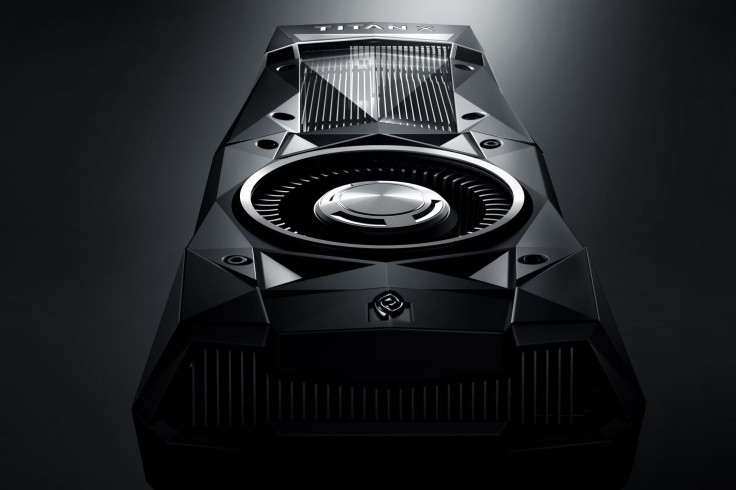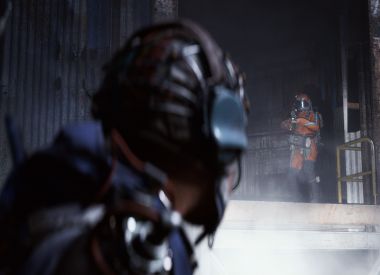Owners of the Nvidia GTX 10-series of graphics cards are in for a treat, as a new driver was recently released that allowed ray tracing effects to be switched on.
The relatively new technology gained traction last year with the release of Nvidia’s RTX cards, a surprisingly beefy lineup of graphics cards that took over for their long-standing GTX. Ray tracing itself is a resource-intensive new feature that makes the rendering of lighting, shadows and reflections in real time look much more realistic. The RTX series of Nvidia cards came with this feature right out of the box, but Nvidia apparently can allow brute-force compute power to run this feature on GTX as opposed to the former’s powerful hardware acceleration.
Ray tracing in GTX is made possible by the all new DirectX Raytracing (DXR) support, which allows software to try and squeeze performance out of every core. Currently, only three games have successfully adopted ray tracing: Shadow of the Tomb Raider, Battlefield V and Metro: Exodus. If you have a GTX card but don’t own any of those games and still want to try out ray tracing for yourself, Nvidia is allowing a few tech demos that you can download for free on their website.
This expansive compatibility for Nvidia’s older cards allows GTX owners to test out the global illumination in Metro: Exodus, or see reflective water puddles in Battlefield V without dropping a ton to buy RTX cards (and they do cost a ton). This is pretty cool, and being the owner of a GTX card myself (EVGA GeForce GTX 1080 FTW2) I got to see firsthand what the deal is with ray tracing. It does look cool, but do not expect good performance out of the last-gen cards. The RTX series of cards were purposely engineered to show ray tracing in action, while GTX cards were more of an afterthought and an experiment to see how far Nvidia can push it to its limits.
As presented by Nvidia’s graph, even the best card on the GTX line-up – the 1080 Ti – can only achieve around 30 frames per second on 1440p for Shadows of the Tomb Raider. That said, ray tracing is still in very early stages, and by the time the technology has developed properly, Nvidia users will most probably already have upgraded into more powerful cards.

















